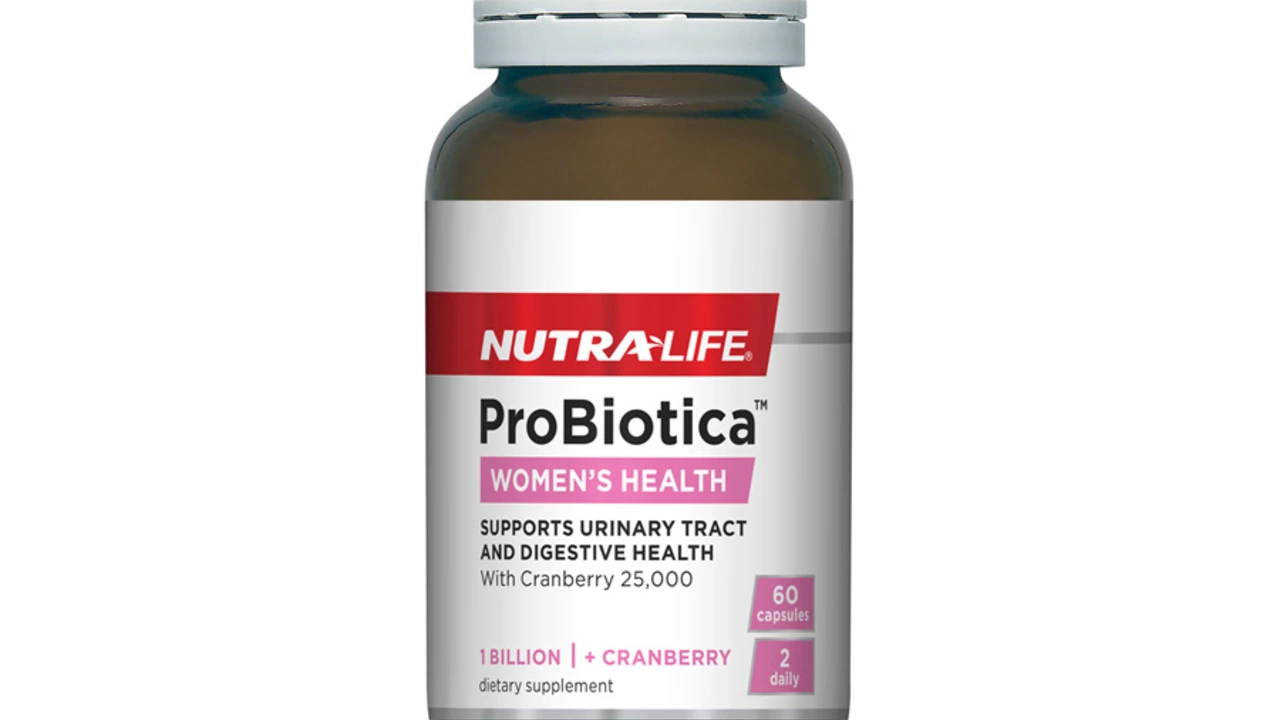Get all the facts on Diarex: how it works, when to use it, who should avoid it, and the science behind its effectiveness for diarrhea relief.
Gut health: practical steps to feel better from the inside out
Want better digestion, steadier energy, and fewer mood swings? Your gut plays a huge role. You don’t need an extreme diet or expensive tests. Small, smart changes to food and habits usually repay you quickly. Here’s a short, practical guide to improving your gut microbiome with steps you can actually stick to.
Eat the right foods
Fiber feeds the good bacteria. Aim for 25–35 g of fiber a day from whole foods: beans, lentils, oats, apples, berries, and plenty of vegetables. Try to include resistant starch twice a week—cooled cooked potatoes, rice, or legumes work well.
Include fermented foods for live microbes: plain yogurt with active cultures, kefir, sauerkraut, kimchi, and miso. Start small (a tablespoon of sauerkraut or a quarter-cup of kefir) so your gut can adapt.
Don’t forget prebiotics—these are fibers that feed beneficial bacteria. Foods high in prebiotics include onions, garlic, leeks, asparagus, bananas, and chicory root. Add one prebiotic food at each meal when you can.
Cut down on added sugar and ultra-processed foods. These encourage inflammation and feed less-helpful microbes. Also avoid or limit artificial sweeteners like sucralose and aspartame, which can change gut bacteria in some people.
Lifestyle fixes that actually help
Move more. Regular walking, light cardio, or strength training 3–5 times a week helps gut motility and diversity of microbes. You don’t need long workouts—30 minutes most days is enough.
Sleep matters. Aim for consistent bedtimes and 7–8 hours of sleep. Poor sleep changes gut bacteria and raises inflammation.
Manage stress with simple tools: 5–10 minutes of deep breathing, a short walk, or a quick stretch break. Chronic stress shifts your gut balance and can worsen IBS or reflux.
Stay hydrated—about 2–3 liters of water daily for most adults—because fluids help digestion and fiber move through your system.
If you must take antibiotics, talk with your doctor about a plan. Antibiotics can wipe out helpful bacteria. Consider a probiotic containing Lactobacillus and Bifidobacterium during and for 2–4 weeks after a course, unless your doctor advises otherwise.
When should you see a doctor? If you have blood in stool, unexplained weight loss, persistent severe belly pain, or diarrhea lasting more than two weeks, get professional help. For mild, ongoing issues like bloating or irregular stools, try the food and lifestyle changes above for 4–6 weeks and track what improves.
Small, consistent changes beat big, short-lived overhauls. Add one habit per week—more fiber, a fermented food, a better sleep routine—and give your gut time to respond. Your body will thank you.
In my recent blog post, I discussed the importance of gut health and how introducing Bifidobacteria as a dietary supplement can truly supercharge it. Bifidobacteria is a type of probiotic that aids in digestion, supports the immune system, and promotes overall well-being. By consuming foods rich in Bifidobacteria, like yogurt and fermented foods, or taking supplements, you can significantly improve your gut health. I highly recommend incorporating this essential dietary supplement into your daily routine. Trust me, your gut will thank you!


